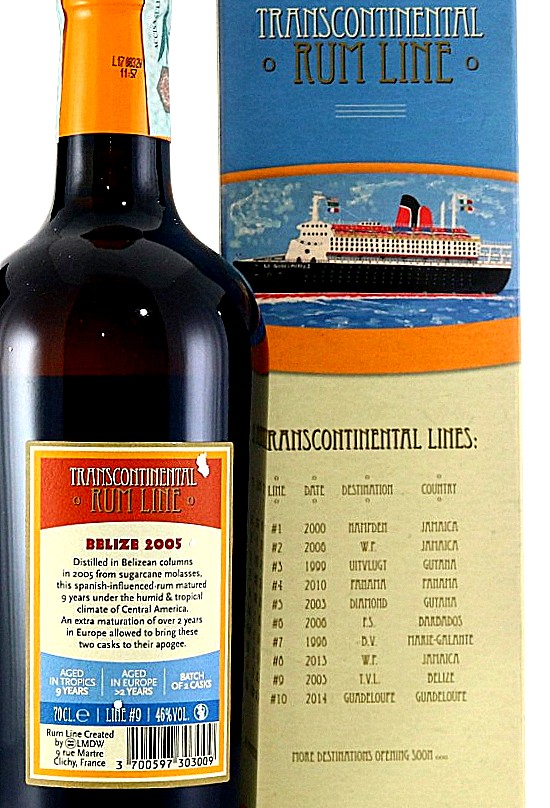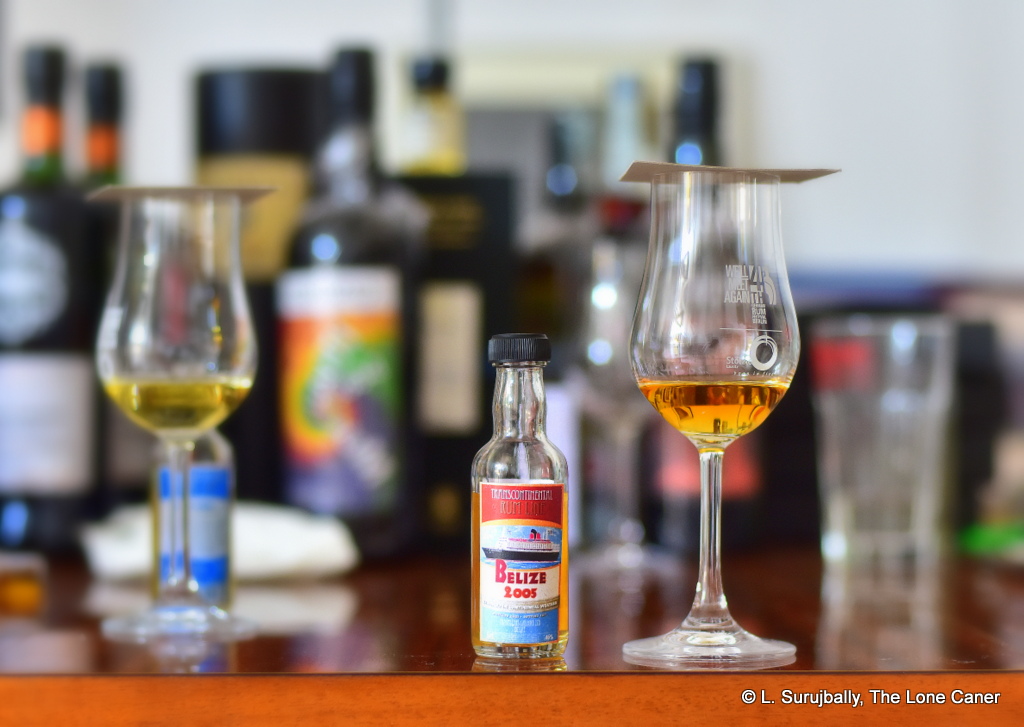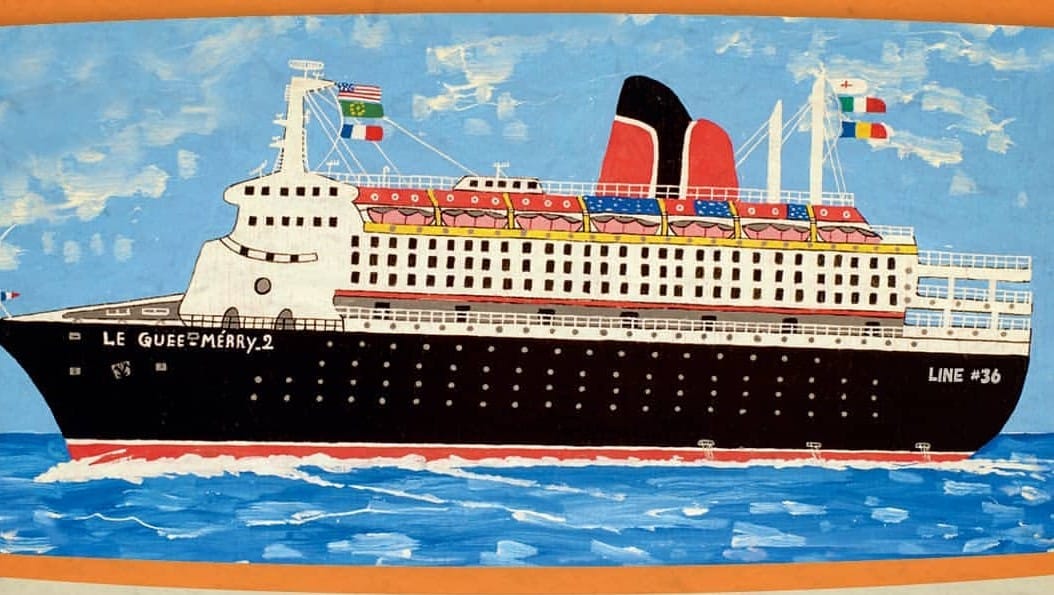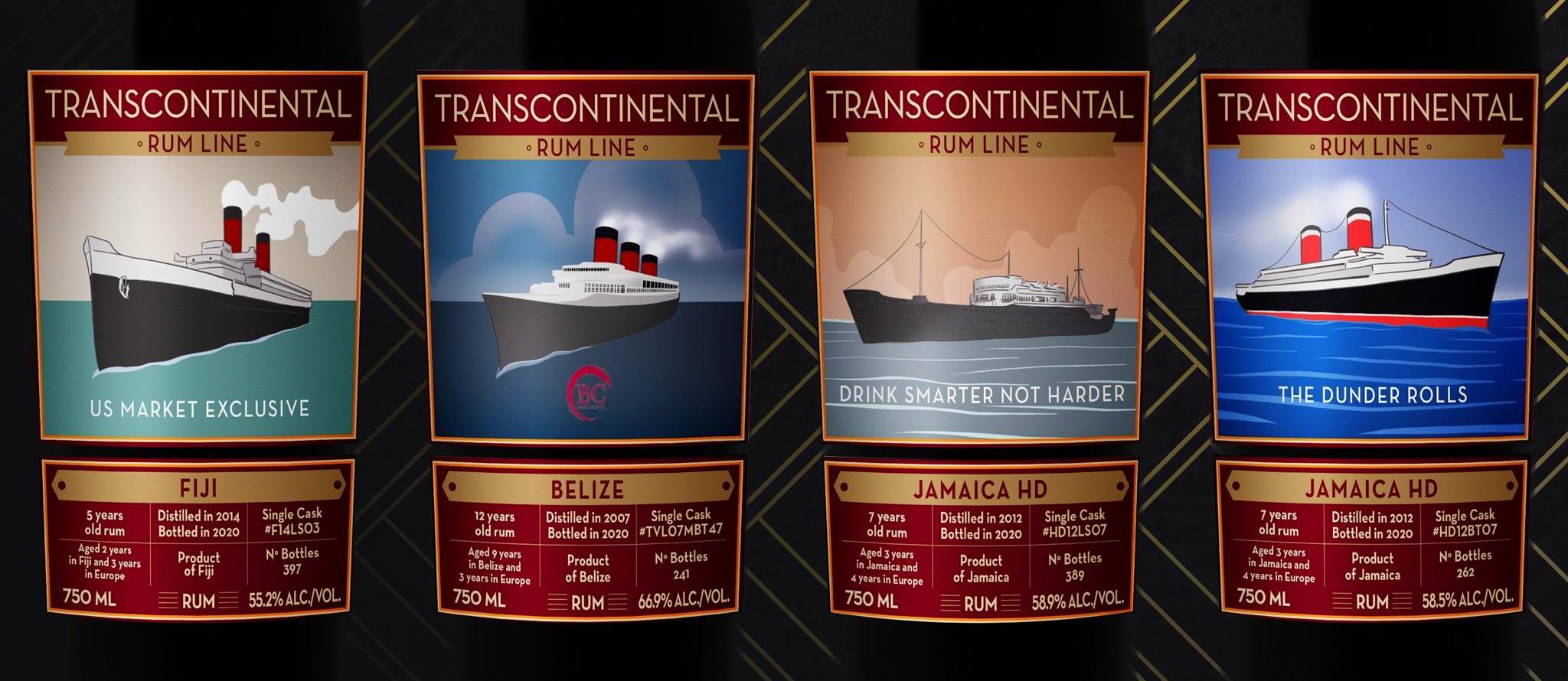After a successful debut in around 2016, the Transcontinental Rum Line, the indie bottler offshoot of La Maison du Whisky in Paris, has faded some from public view, though they continued to release rums as late as 2020). That said, with current distribution in the US and parts of Asia, it may see something of a resurgence with that increased awareness. And that’s a good thing: as with all indies of a diverse portfolio of rums it’s a bit hit or miss, but overall they have done pretty well.
La Maison was formed by Georges Bénitah in 1956, and has had a long history with spirits — particularly the importation and distribution of rare whiskies. From what I gather, Georges’s son Thierry and Luca Gargano had (and continue to have) a long and amiable relationship — so the eventual joining of forces into the joint venture La Maison & Velier, which now distributes Velier rums in France, was perhaps inevitable. Still, before that happened, LMDW was interested enough in the rising popularity of the indie single-cask rum scene in Europe to branch out on its own, and the TCRL range was launched in 2016 with a mix of various “standard” rums all indies seem to prefer, at either cask or standard strength.
Leaving aside the unoriginal selections from all the usual locations (Fiji and Australia were welcome aberrations, admittedly), what distinguished them right off the bat was their visual imagery and marketing strategy, which was and remains centered around the pictures of the luxury ocean liner which graced their labels, accompanied by old fashioned text font. In the style and the evocation of this era of restrained Edwardian pomp (even if it wasn’t, see other notes, below) one felt a certain genteel sensibility, as one did, for example with the bare and faded yellow labels of Berry Bros. & Rudd.
 So, this rum, from Belize. The major distillery of note on Belize is Travellers (Copalli is a new up and comer), which makes the Travellers 1-barrel, 3-barrel and 5-barrel rums for which they are best known, as well as the excellent Don Omario Vintage 15 year old (some backstory for the curious is in the 1-barrel review). This rum dripped off a column still in 2005, and was aged for nine years there before being shipped to Europe for an additional two years ageing, and for whatever reason, they decided to release the two-cask-output of 792 bottles at 46%.
So, this rum, from Belize. The major distillery of note on Belize is Travellers (Copalli is a new up and comer), which makes the Travellers 1-barrel, 3-barrel and 5-barrel rums for which they are best known, as well as the excellent Don Omario Vintage 15 year old (some backstory for the curious is in the 1-barrel review). This rum dripped off a column still in 2005, and was aged for nine years there before being shipped to Europe for an additional two years ageing, and for whatever reason, they decided to release the two-cask-output of 792 bottles at 46%.
Given the lightness of the profile, that may not have been accidental1, because the rum, even with all that tropical ageing, was soft and warm and pillowlike, completely without the sullen potential for violence displayed by, say, a young pot still Jamaican sporting high proof, dreads and a ‘tude. It presented, I’m afraid, a nose of few surprises: toffee, white chocolate, and some coconut shavings, all very easy and relaxed. A few minutes later it was joined by vanilla, almonds, ice cream and pears, all quite solid, just unassertive and not really trying be overly complicated.
This restrained, lean-back-in-the-berbice-chair simplicity carried over on the tongue as well, and I wish they had beefed it up some, to be honest – it gave up tastes of coconut shavings again, caramel, honey, nougat, peaches in syrup, cherries and chocolate oranges, which expanded with some water to introduce a chocolate/coffee vibe that was nice, just not particularly unique in any way. It all moved sedately and quietly into a finish of no real length or strength, which merely repeated these distinct, simple notes, and faded out with warmth and charmth. Yawn.
It’s…well, it’s fine. Tasty little rumlet. But a straightforward presentation of such relaxed and quiet tastes is pretty much what I’ve gotten bored with, with Latin-style rons as a whole. There’s not much real fun in the whole thing, little challenge — though I fully concede this is a hot-weather rum, to be had when force and striking power is not the objective. By that standard, it’s a very pleasant sundowner sip, and I think the key to enjoying it fully is to pick the right time and place and mood to have it. As it turned out, I had it on a hot July day in Berlin and wasn’t in a mood to play around with its laid-back aw-shucks style, so its charms were unfortunately lost on me.
(#835)(81/100)
Other notes
- One has to be a little careful about touting the “originality” of the labelling, because the same ship, a reproduction of a painting of the Queen Mary 2, appears on multiple labels and it wasn’t until somewhat later – the 2020 releases referred to above – that each bottle got its own ship. The sensory ethos and evocation of a past time embodied in those ships, the style of painting and the labelling font, remained the same, though
- I particularly appreciate the extra information the back (and now the front) label – the division of how much time it spent ageing in tropical vs continental climes, the still, and particularly the other bottles in the range (referred to as “lines”, like it was a shipping concern going off to exotic locales…one wonder what they would have done of somebody in the marketing department liked trains).


